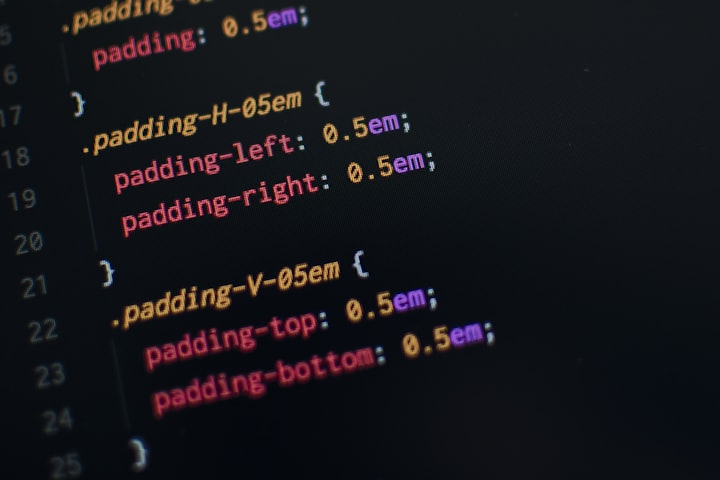Your Behind Is the Way Forward for Space Cuisine!
How Your Derriere Could Be Useful in Outer Space

In 2015, NASA astronauts Scott Kelly and Kjell Lindgren ate the first food grown and harvested from the International Space Station. This was not made from human waste, but, although the idea may make you squeamish, this could be a reality in the future.
Now, a research team at Penn State University in Pennsylvania is developing a system that utilises microorganisms that convert solid human waste to foods that are rich with proteins and fats. They have shown that it is possible to rapidly break down solid and liquid waste to grow food with a series of microbial reactors, while simultaneously minimizing pathogen growth.
This breakdown process produces the by-product of methane gas. This gas was used to cultivate and grow the bacteria Methylococcus capsulatus, which can grow in high temperatures and low oxygen climates. It oxidises methane to formaldehyde and then oxidises this into carbon dioxide, formate and a biomass substance. It is already used to make certain animal feeds.
The researchers' study addresses multiple challenges facing deep-space missions to Mars or beyond, which would likely take months or years. Bringing enough food from Earth takes up volume and increases the mass and fuel cost of the spacecraft, while growing food en-route using hydroponic bays or other methods would be an energy and water-intensive process that would take up valuable room.
During tests the researchers created an enclosed, cylindrical system, in which select microbes come into contact with the waste. The microbes broke down waste using anaerobic digestion (doesn’t require oxygen), a process like the way humans digest food.
The biomass substance produced still lacks the sufficient amounts of carbohydrates, fats, and protein to sustain a human body however, so more tests are needed to make this a sustainable food source. Also, the other concern is obviously the contamination risk. This food source is made from human waste which does contain harmful pathogens, so certain procedures such as tweaking the pH or temperature levels may help reduce any infection risk.
Tweaking the temperature to 70 degrees eliminated most germs and to further wipe out remaining pathogens used a filter system commonly used in fish tanks, which they adapted to limit the methane amount. The result was a solid mass in a matter of hours.
Although it may sound gross, consuming human waste for nutrients is not a new idea. It has been used for years in hospitals with women who have given birth via caesarean section. During normal vaginal delivery the baby is naturally colonized by beneficial bacteria from the mother such as the Lactobacillus species and other beneficial bacteria such as Bacteroides, Clostridium and Bifidobacterium. However, during a c-section, the baby is merely exposed to common skin bacteria such as Streptococcus and Staphylococcus bacteria, which do not help to establish a beneficial microbiome in the baby. A common practise in some hospitals is to now give a dose of the mother’s vaginal fluid to the baby to colonise it with the necessary bacteria. Breast feeding is also encouraged to pass on mainly Lactobacillus.
So, we know that we can address the pathogenic risks but what about taste? Consuming your own waste isn’t exactly appetising to say the least! Astronauts are already used to consuming their own urine for nutrients so perhaps the mindset is already in place to give this kind of food source a try. For taste, artificial flavours can be added through the use of plants, herbs, and etc. grown at the same time as the cultivation process (and I suppose any waste that is not used for food can fertilise the plants!).
Human waste produced in space is already a large issue in terms of disposal, (vacuum cleaners are used, enough said!) so if it can be recycled in a beneficial and nutritional manner it could be huge relief to the hardships relieving oneself in space!






Comments
There are no comments for this story
Be the first to respond and start the conversation.